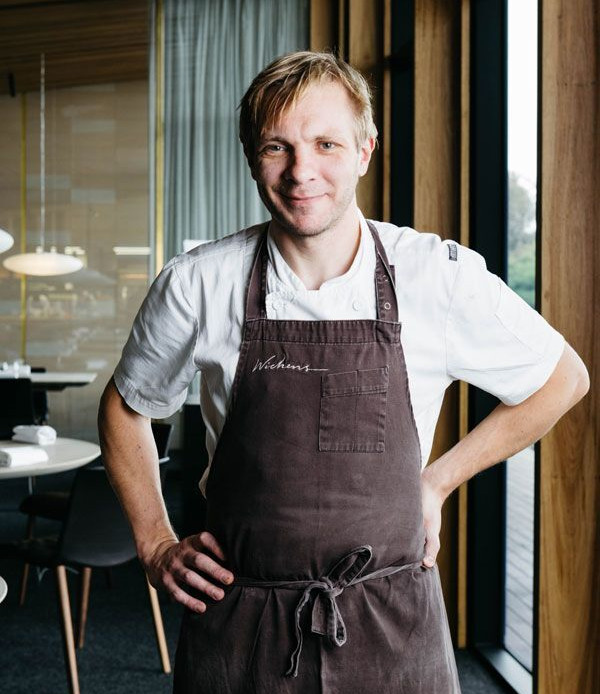The Royal Mail Hotel is thrilled to announce the arrival of six baby Eastern Quolls. Extinct on mainland Australia, this is an exciting step in the breeding partnership with the Tasmanian Quoll Conservation Program.
What is a Quoll?
Quolls are carnivorous marsupials native to Australia and New Guinea. There are six species of Quoll, four found in Australia (Eastern, Northern, Western and Tiger Quoll) and two located in New Guinea (Bronze and New Guinean Quoll).
Their lifespan commonly ranges between two and five years, with up to three of those breeding years. Their diet includes smaller mammals, small birds, lizards and insects. Except for the mating season in winter, they are nocturnal den dwellers and tree climbers, which live in solitary.
Genetic evidence indicates Quolls evolved approximately 15 million years ago. However, the Quoll population experienced a dramatic decline after European settlement and were considered to be relatively populous across the country prior to that. For example, the Western Quoll was once found across 70% of Australia and is now only found in the south-west of Western Australia. Today, the Eastern and Northern Quoll are listed as endangered, while the Tiger and Western Quoll is near-threatened.
Their major threats include cane toads in the north, feral cats, foxes and urbanisation.
The Tasmanian Quoll Conservation Program
The Royal Mail Hotel’s parent company, Dunkeld Pastoral Company, joined the conservation program and began housing Eastern Quolls in enclosures at Mount Sturgeon Station.
The program aims to breed healthy, genetically diverse animals for future reintroduction. The Quolls in the Royal Mail Hotel program are traded with other breeding institutions to ensure genetic diversity is maintained or improved.
Due to the pandemic no breeding took place in 2020 however in May 2021, we received a one-year-old female Quoll from Tasmania. She was paired with a three-year-old male (originally from Tasmania). In late July, a pouch check by Conservation Manager, Hayley Glover, revealed six young the size of jellybeans – three male and three female.
Eastern Quolls can breed when they are one year old and can breed for up to three seasons. They have one litter a year of up to six young. The gestation period is three weeks, after which they can give birth to around 30 young. These young are the size of a grain of rice and, once born, migrate to the pouch and attach to the mother’s teat. She only has six teats, meaning additional young will not survive. They will be in the pouch for around 10-12 weeks then weaned at around 18-20 weeks.
Visit the Adult Eastern Quolls at Royal Mail Hotel
Unfortunately, the babies cannot be visited by the public just yet. They are busy growing and developing with their mum in a separate enclosure. However, the Royal Mail Hotel offers guided tours of the adult Quolls involved in the breeding program at 4.30 pm with prior booking. This allows hotel guests to see the Quolls up close at feeding time, hear from the conservation team, and meet the other locally native species on display.
Tours need to be pre-booked the evening prior at reception.

Naming Competition
We need your help in choosing the perfect names for each of the six Quoll babies.
Every year our Quolls are named with the same letter of the alphabet, in alphabetical order. In 2021, the names we are looking for begin with the letter “Q’.
Submit your name suggestions using the form below. Six winners will receive a Native Wildlife Feeding Tour for two. And all entries will go in the draw to win a two-night stay in a Mount Sturgeon One Bedroom Cottage.
The competition ends Friday, 17 September 2021, so get those names in quick!
*Terms and conditions of entry apply.




